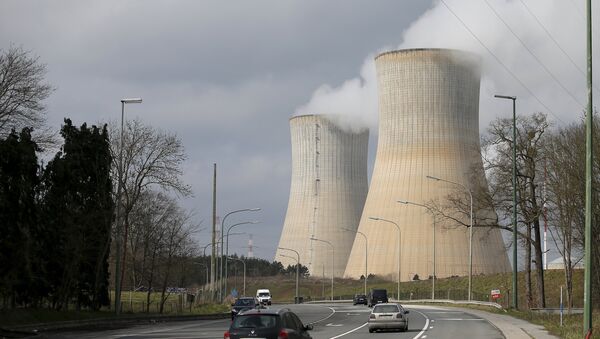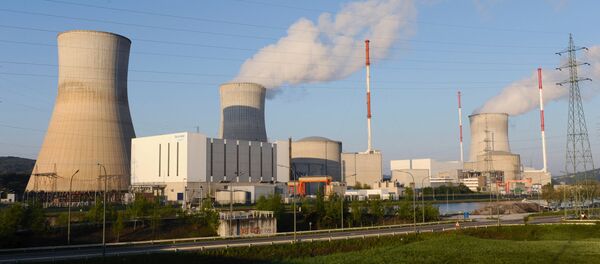According to Belgian Interior Minister Jan Jambon, the cracks were found by cameras using ultrasound technology. The plant will continue operating as usual, Jambon added.
Anti-nuclear activists and German politicians alike have long criticised the nuclear facility, which sits less than 40 miles from the German border.
The reactor was discussed during the first ever Belgium-Germany nuclear meeting that took place last week in Bonn, Germany, where German Greenpeace campaigner Heinz Smital said that his country could do more to pressure neighbor countries about shutting down their nuclear plants.
"The German government could be clearer in how important Belgium's nuclear phaseout is, because there are lots of models on how a nuclear cloud could affect large parts of Germany," he told Deutsche Welle. "Germany is not playing all the cards it could. The government of Austria is taking legal steps against new nuclear constructions in the UK and other countries. I would like to see the German government being more effective in taking concrete steps to get rid of the nuclear threat."
Engie-Electrabel, the operator that conducted the inspection under the auspices of the Belgian Atomic Regulatory Authority (FANC), said that the flaws present no dangers to the plant’s operations, as long as they do not expand, RT reported.
There are three reactors at the plant, which is now more than 40 years old. It has faced a number of incidents and shutdowns due to issues with safety and maintenance.
As of 2015, 3,149 points of damage had been found on the Tihange 2 reactor by nuclear inspectors, according to reports from Belgian newspaper Belga. The Nuclear Stop organization says that the number has risen to 3,219, an increase of 2.2 percent.
Belgium is often forced to extend the lifespan of nuclear reactors while developing other energy sources, as about 39 percent of its electric supply comes from nuclear power.
A November control check also revealed previously undetected microcracks at the Doel 3 nuclear reactor near Antwerp.




